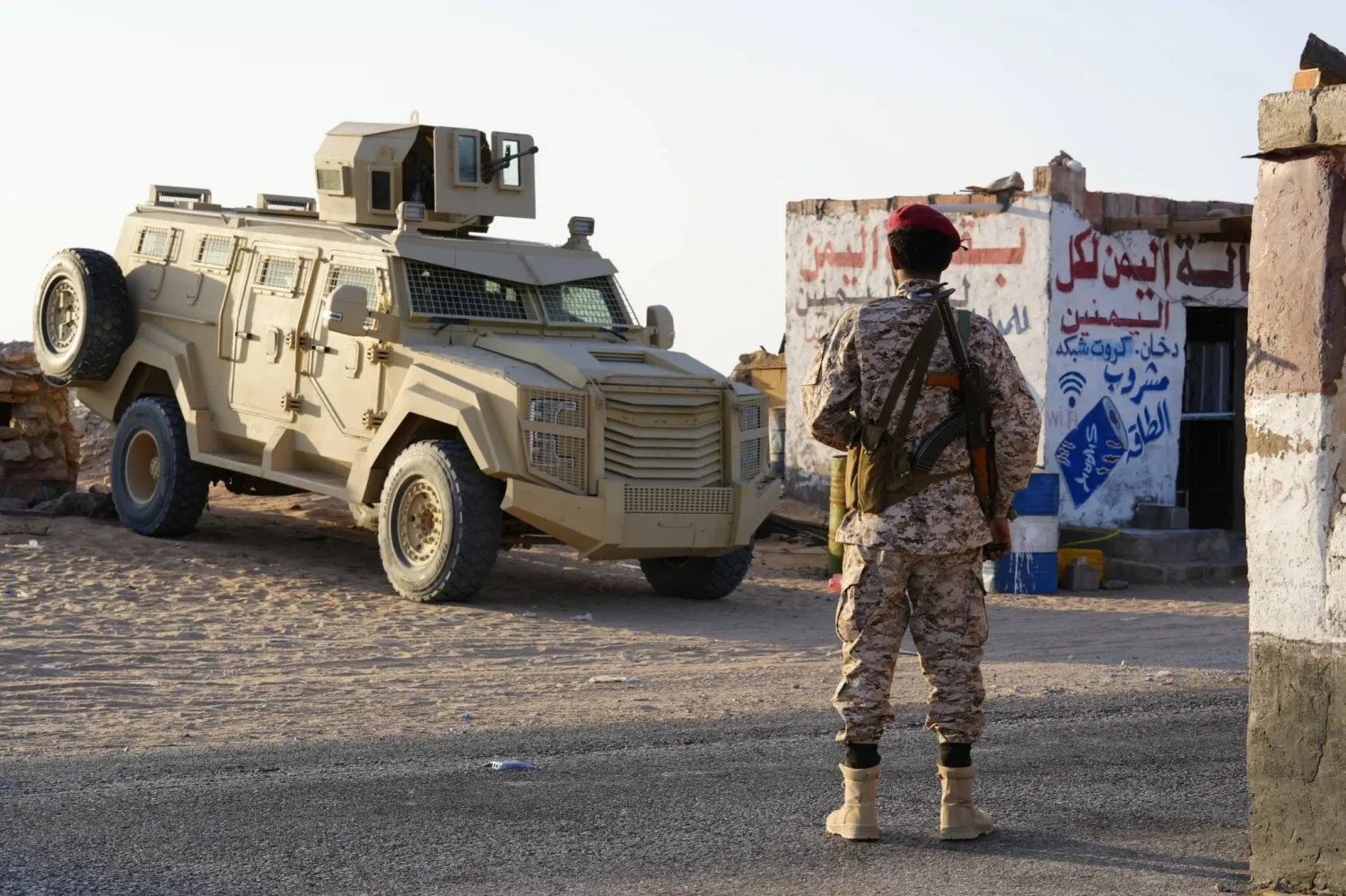The Yemeni security authorities launched a campaign in Aden to contain the bloody clash between Ethiopian immigrants, which killed ten and injured dozens of others.
Yemeni sources reported that the authorities in Aden are transferring migrants to temporary camps in Mansoura and Sheikh Othman.
According to the sources, although the security forces ended the clashes, the issue persists, and police vehicles were seen in the streets transporting migrants to a gathering point near the Basateen camp in Sheikh Othman District.
The Yemeni police and the International Organization for Migration (IOM) remained silent about the reasons for the outbreak of confrontations.
The President of Oromo Human Rights, Arafat Jibril Barki, stated that the main reason for the confrontations was the refusal of the Ethiopian authorities to receive migrants from the Amhara and Tigray nationalities.
Ethiopia denied their entrance because of the security conditions in the regions and only accepted nationals of the Oromo ethnicity.
Speaking to Asharq Al-Awsat, Jibril said the problem began last Thursday in front of the office of the International Organization for Migration.
The migrants were demanding to return to their country, but the Ethiopian government asked the UN not to allow the return of two ethnic groups. The individuals banned from traveling attacked the international immigration representative and one of the guards.
Arafat Jibril reported that the protesters tore up a travel ticket given to an Oromo national, and one of them stabbed an employee while the guard responded and shot the attacker, killing him.
Clashes began and expanded to other areas, killing ten, six of whom were from Amhara, one from Tigray, and three from Oromo.
The official stated that the news of excluding the Amhara and Tigray ethnicities spread quickly among migrants, which led to heated discussions that developed into violent clashes before the security forces intervened.
- Yemeni tries to contain the situation
The Yemeni authorities proceeded with their campaigns against illegal immigrants and are discussing the issue with international organizations.
Government sources confirmed that transferring them to the Kharaz camp in Lahj is the best option, given the complexities associated with the internal situation in Ethiopia.
Yemeni officials told Asharq Al-Awsat that the largest Kharaz camp in the country lacks many services. But it is the only place capable of accommodating the thousands of migrants pouring in, exceeding 86,000 over the past months.
Officials confirmed that thousands of migrants wanted to return to their country after discovering that smugglers deceived them, bringing them to a nation at war rather than taking them to the Gulf.
The International Organization for Migration had suspended the voluntary return program for thousands of migrants due to lack of funding, but it has recently reactivated it.
UN estimates indicate that the number of African immigrants in Yemen exceeds 200,000, including 43,000 stranded people.
The organization explains that thousands of migrants are unable to continue their journey onward. They cannot return to their countries of origin and are currently living in dire humanitarian conditions.
According to the organization that monitors and tracks the movement of migrants and internal displacement, thousands of migrants from the Horn of Africa continued to flow to Yemen.
About 11,000 immigrants have returned to their home countries as part of the voluntary return program, as the organization works to support stranded migrants to ensure a safer return.









